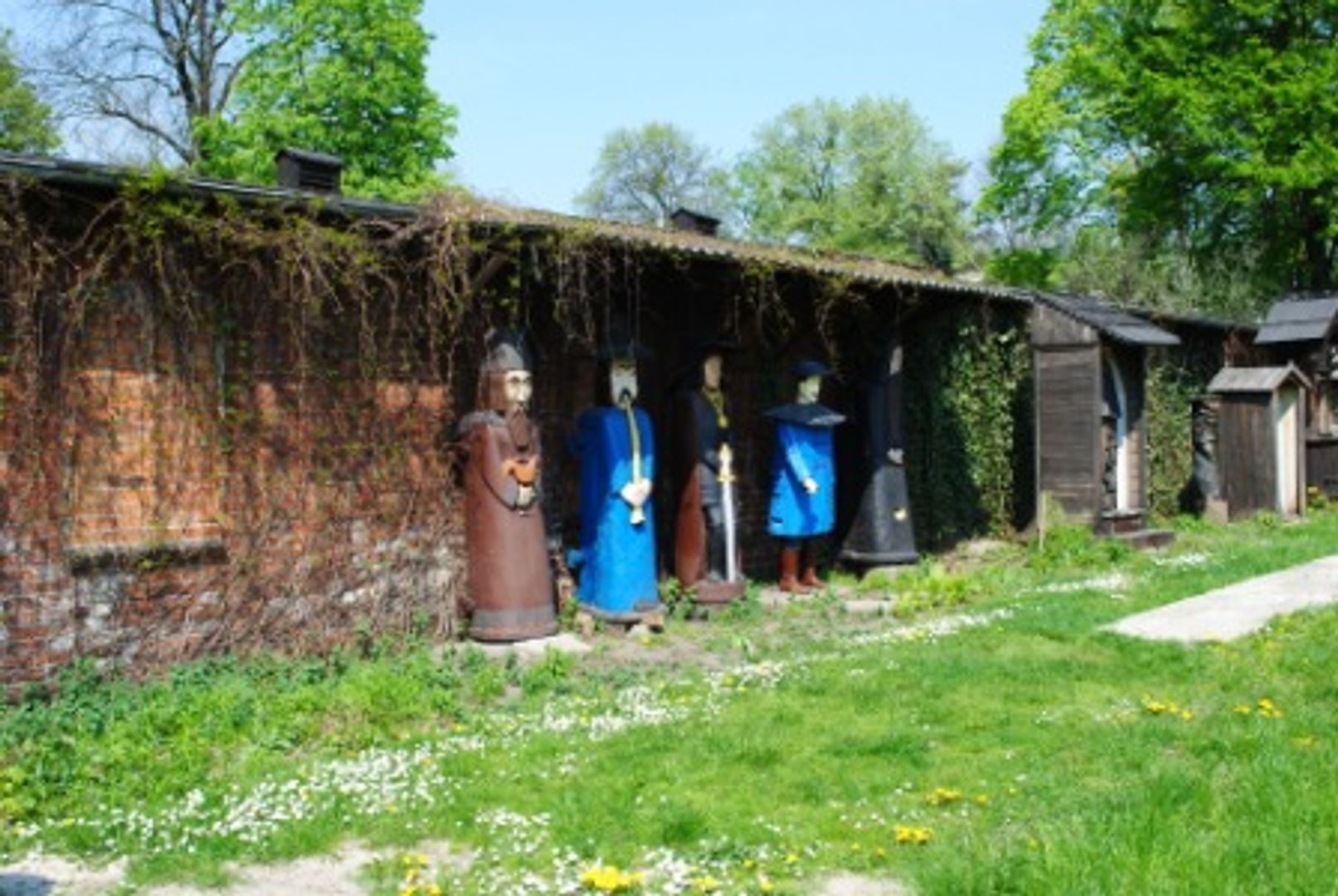The Beekeeping Open-Air Museum in Swarzędz
6.93

Overview
The Beekeeping Skansen in Swarzędz, formally known as the Prof. Ryszard Kostecki Beekeeping Skansen and Museum, is a unique museum institution that displays rich collections related to beekeeping, apiculture, and sericulture. Located on the grounds of a devastated manor park in Nowa Wieś, the skansen was founded in 1963. The initiative for its creation came from Prof. Ryszard Kostecki, who, together with other specialists such as Prof. Stanisław Kirkor, built a valuable collection. The skansen currently houses over 230 beehives, including unique figural, architectural, and other types of hives, offering visitors insight into the history of beekeeping in Polish lands. Among the exhibits, a beehive extracted from the Vistula River, dated to 1474, stands out, as well as various hives depicting St. Ambrose or local interesting architectures. Interestingly, some of the hives are inhabited by bees, which enhances the direct experience of visitors. The exhibition is set in a park planted with linden trees, maples, and other trees, as well as the rare sophora tree, highlighting the natural values associated with beekeeping. In 1996, the skansen became part of the National Museum of Agriculture and Food Industry, and in 2002, it was named after Prof. Kostecki in honor of its founder. It is worth noting that the skansen has witnessed numerous donations from beekeepers and beekeeping organizations, which enriched its collections, especially in the 1970s. Also, in 1999, a new exhibition on useful insects and beekeeping equipment was added. The skansen also holds cultural significance, serving as a place for education about beekeeping, organizing various events, and attracting bee enthusiasts. In 1981, the Polish Post issued a commemorative stamp on the 170th anniversary of Jan Dzierżon's birth, sending into history an interesting stamp featuring a hive pattern from this skansen. The Beekeeping Skansen in Swarzędz is a blend of architecture, nature, history, and education, making it an important point on the cultural map of the region.
Location
2025 Wizytor | All Rights Reserved